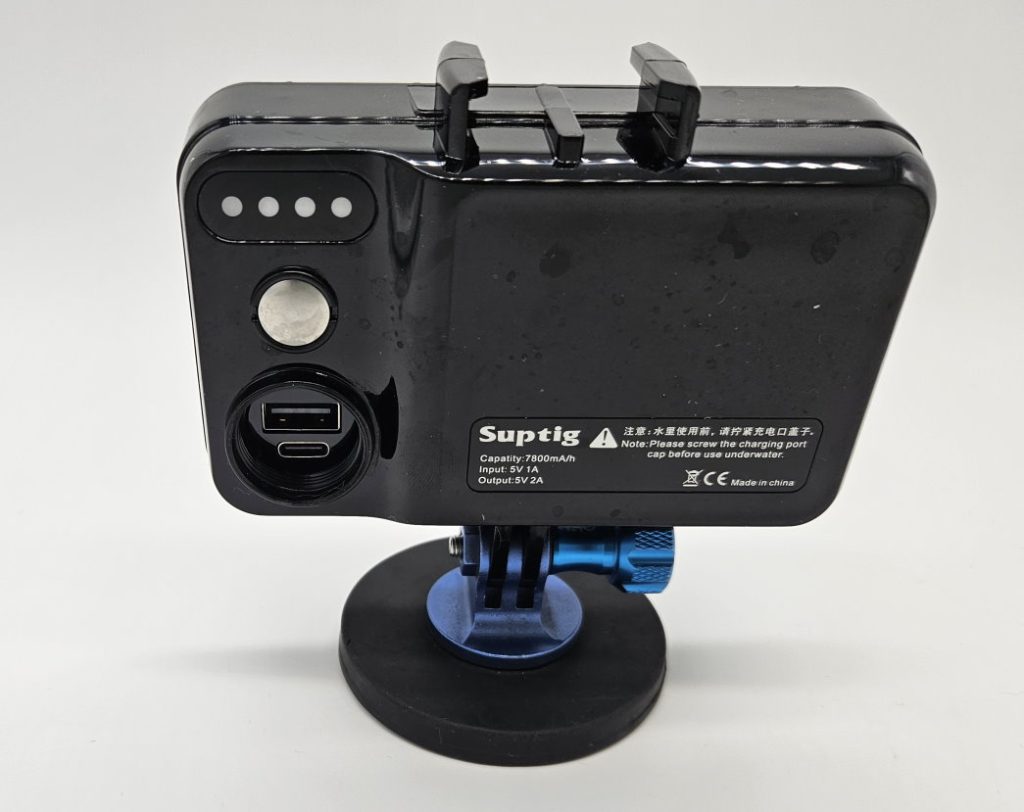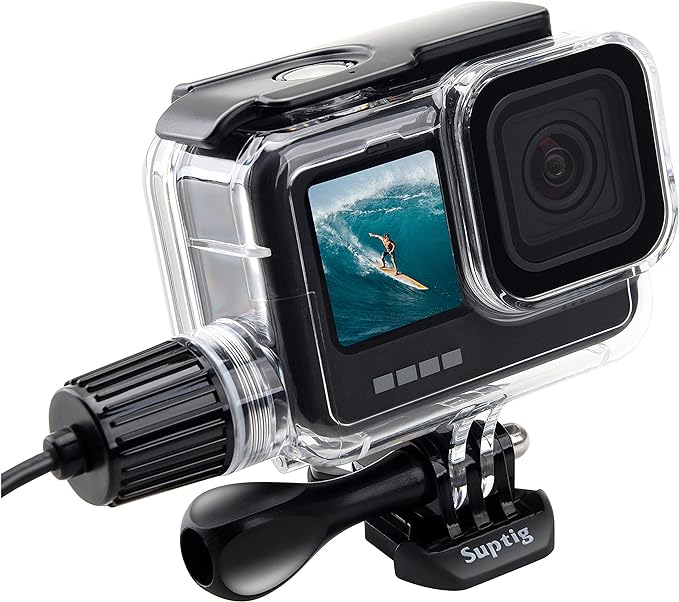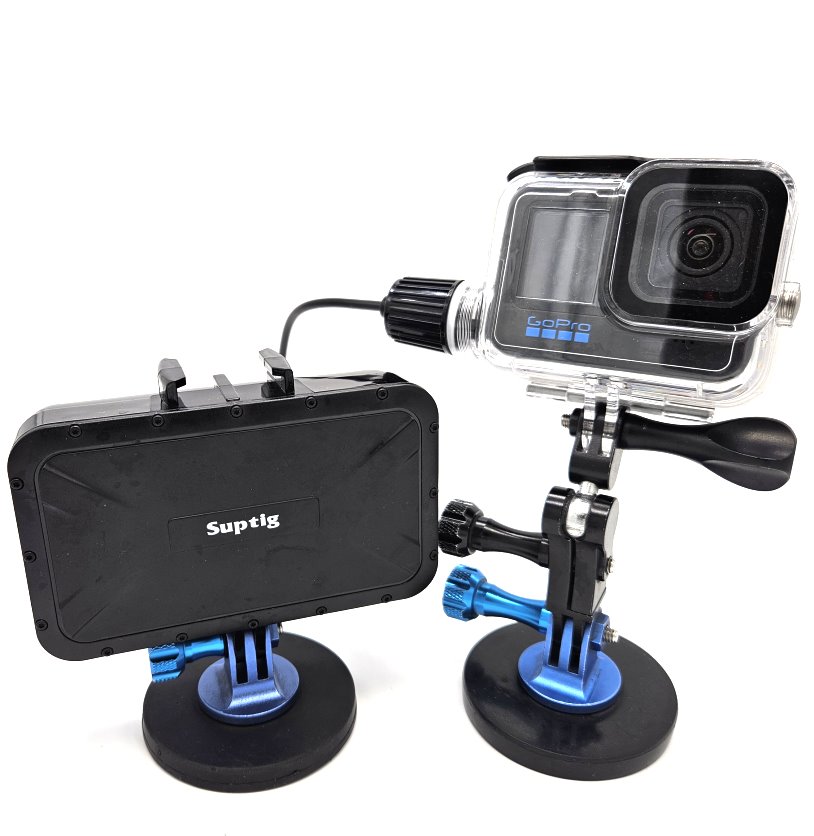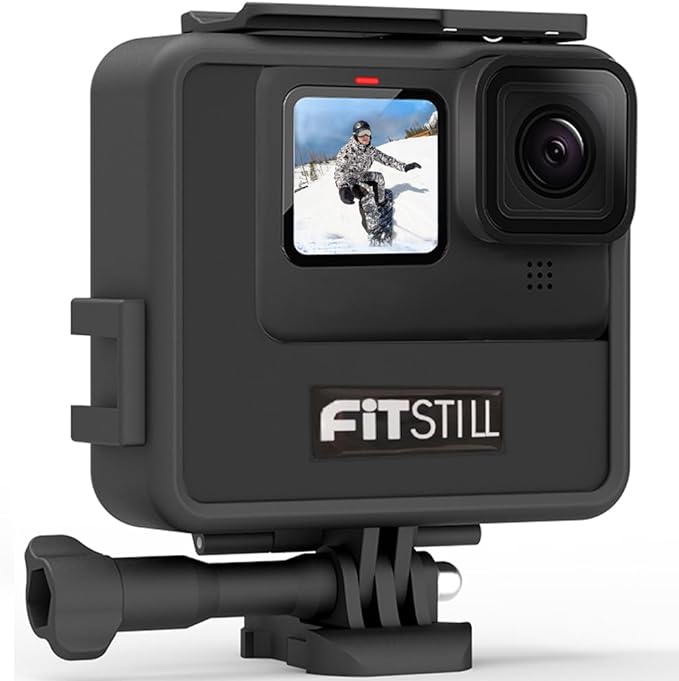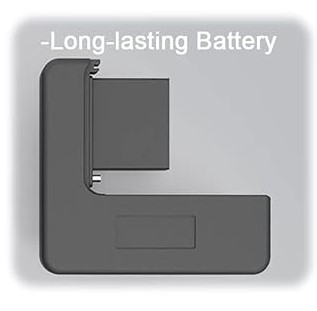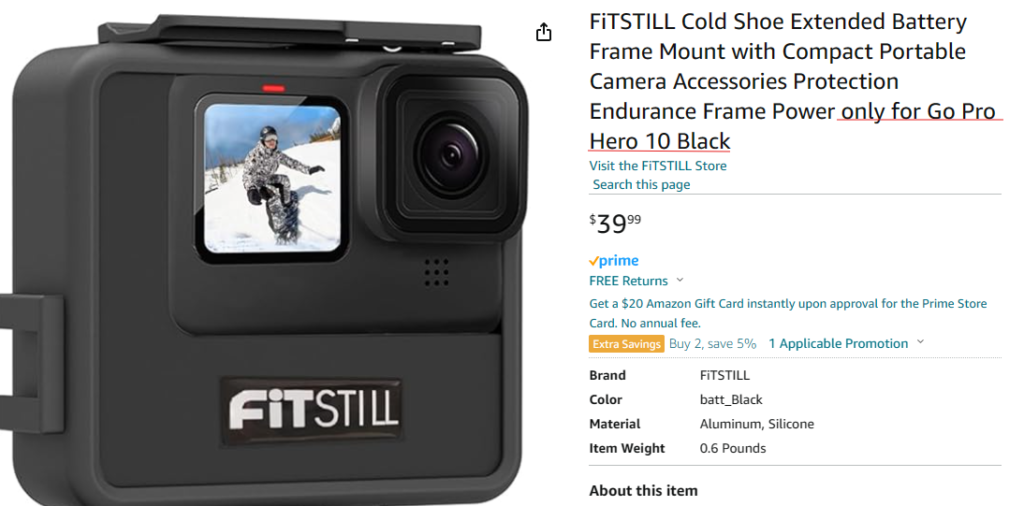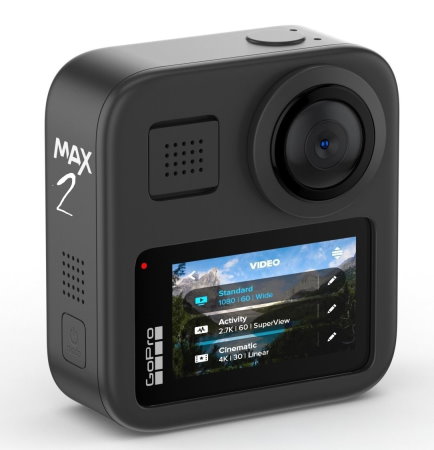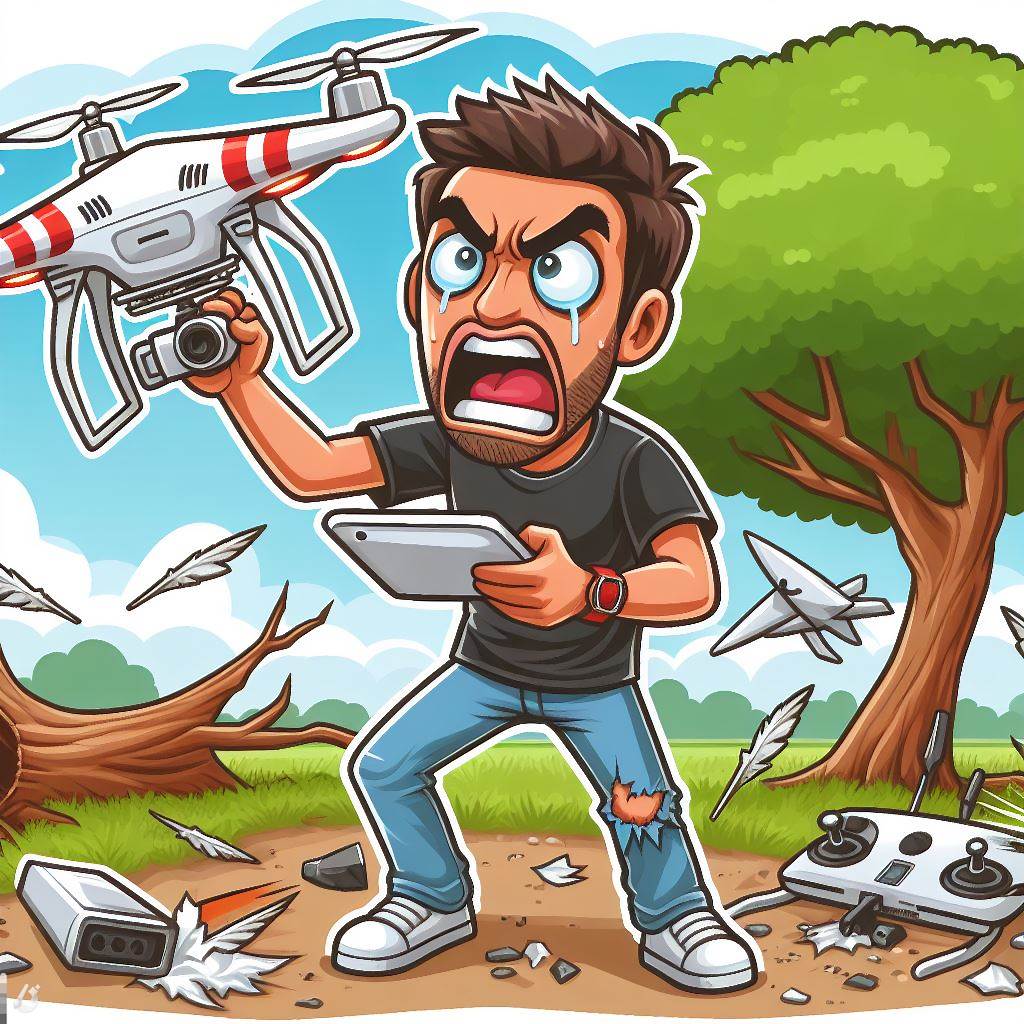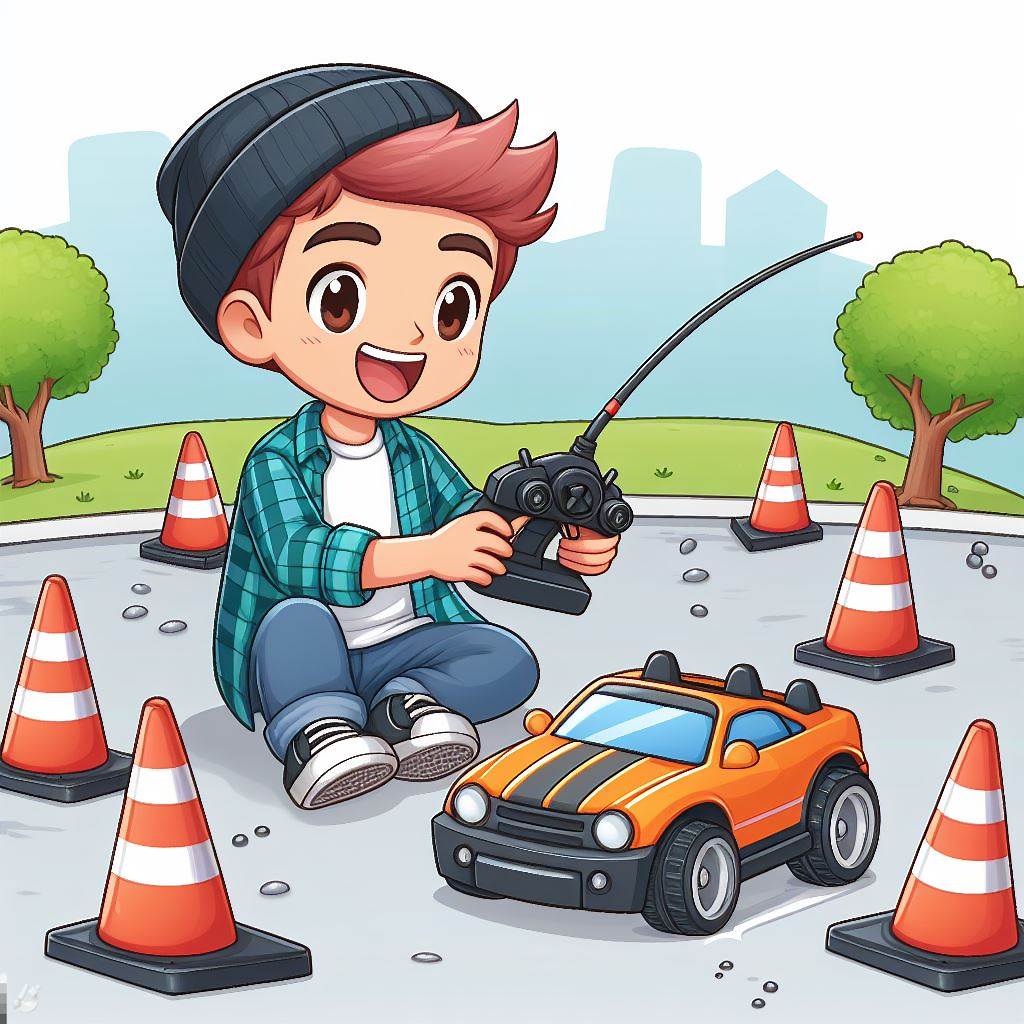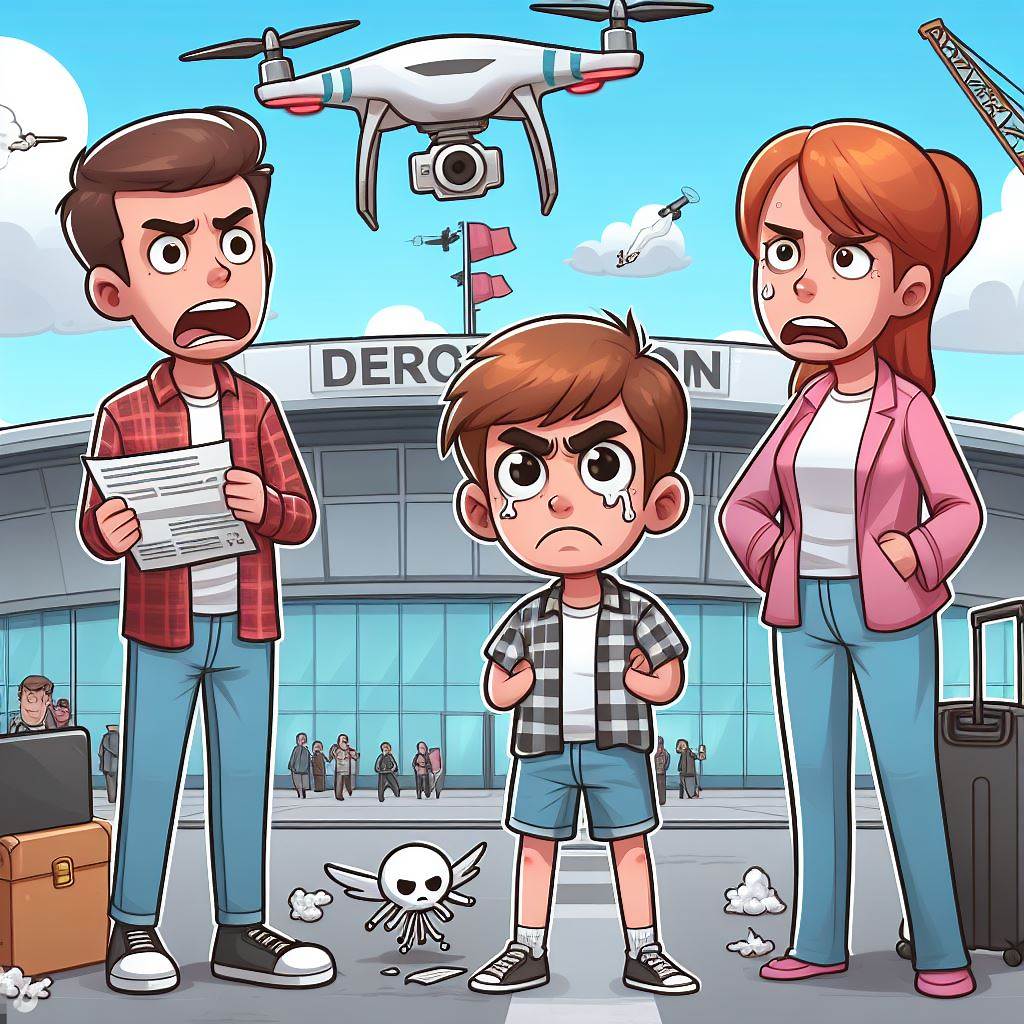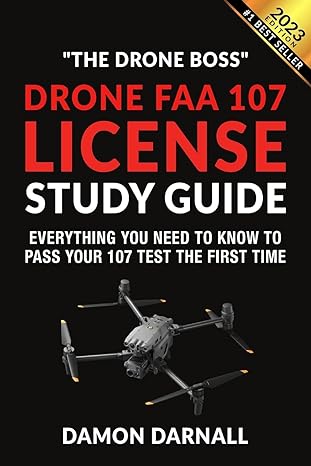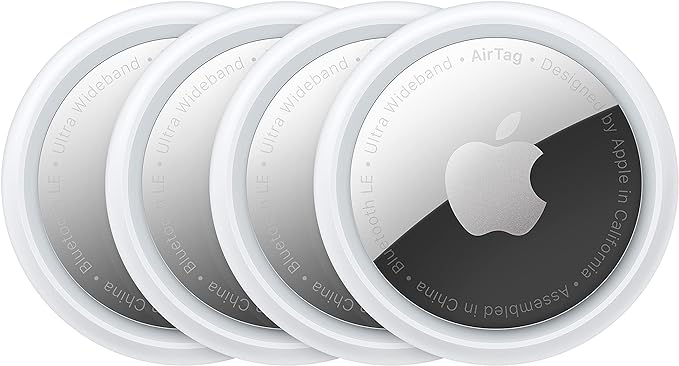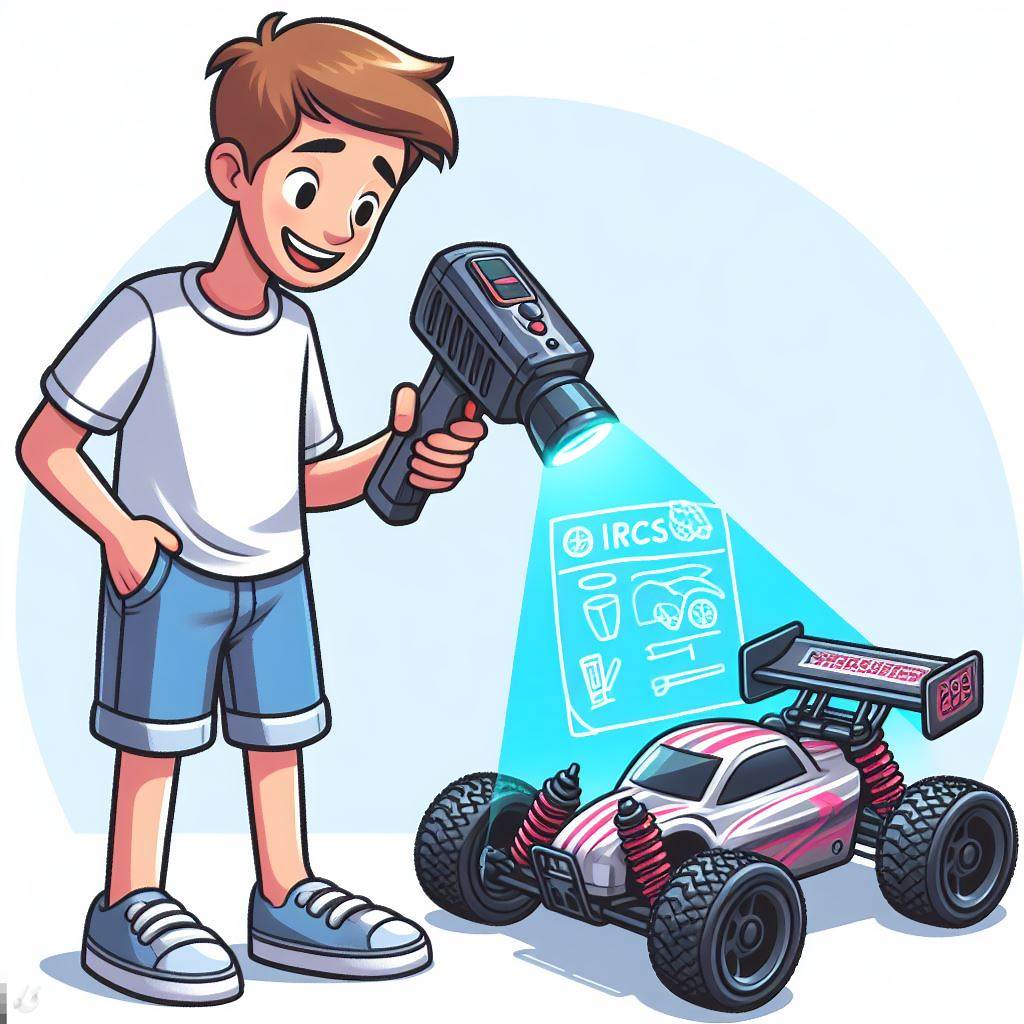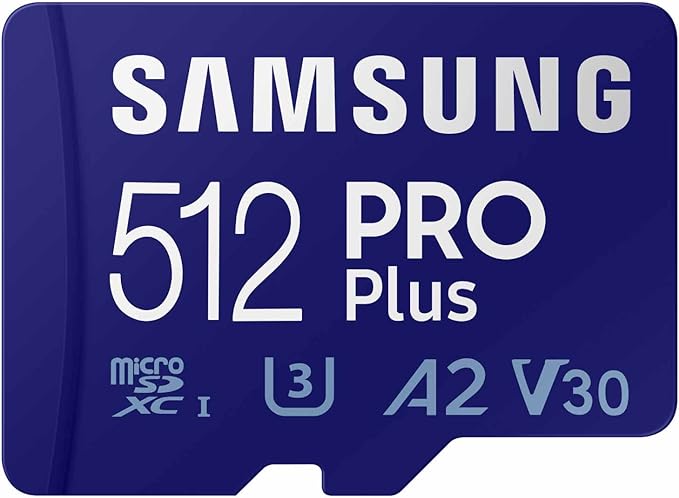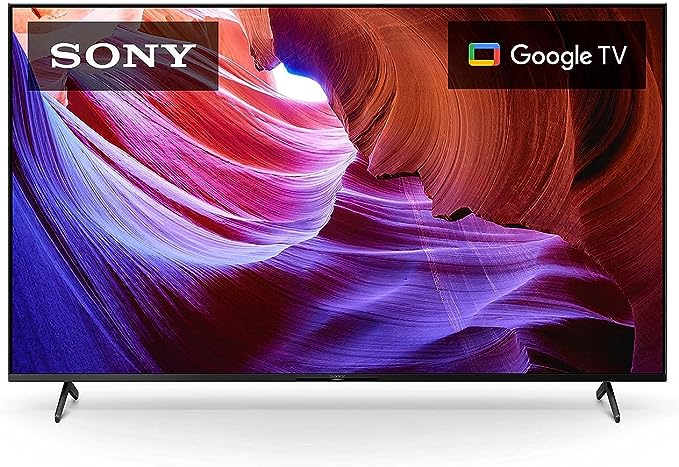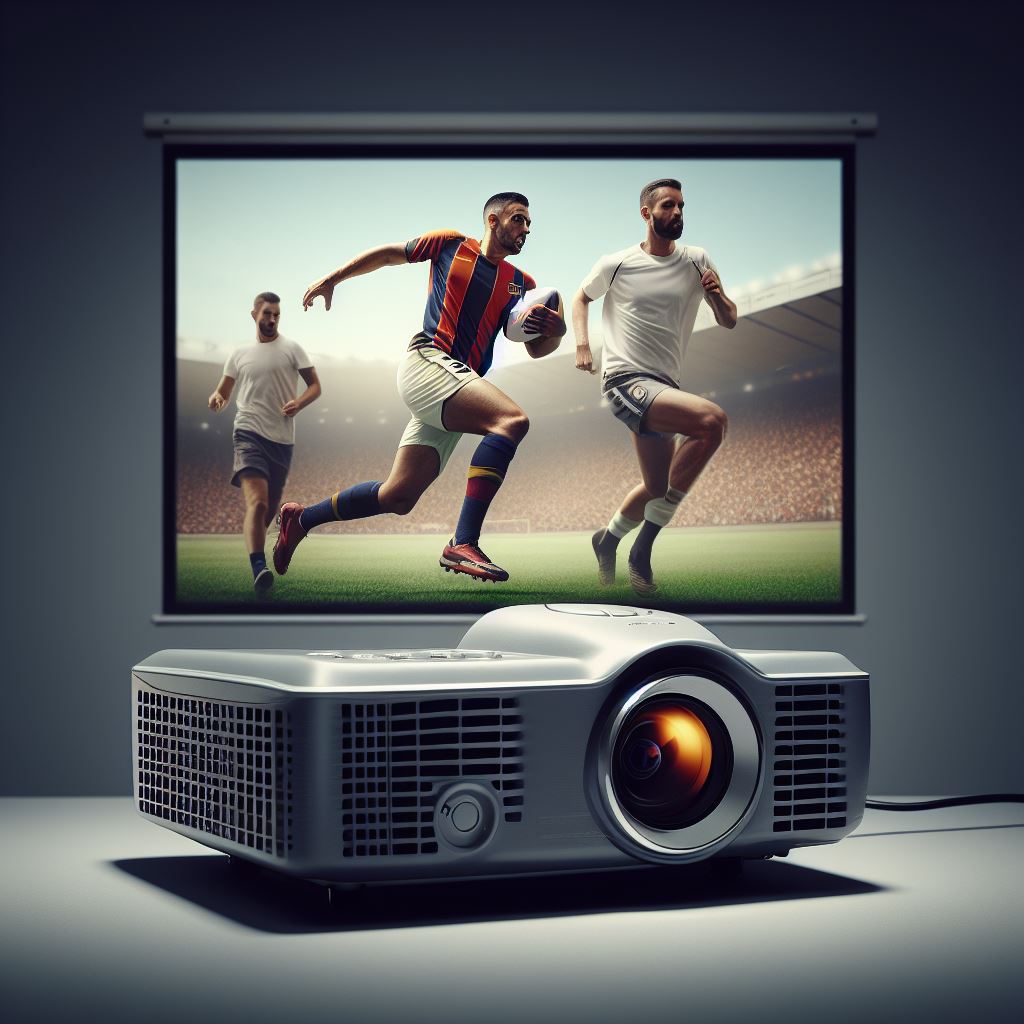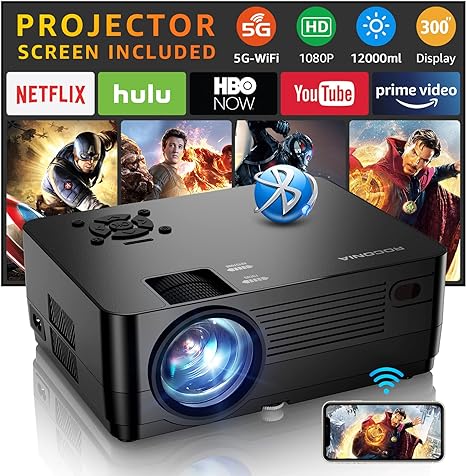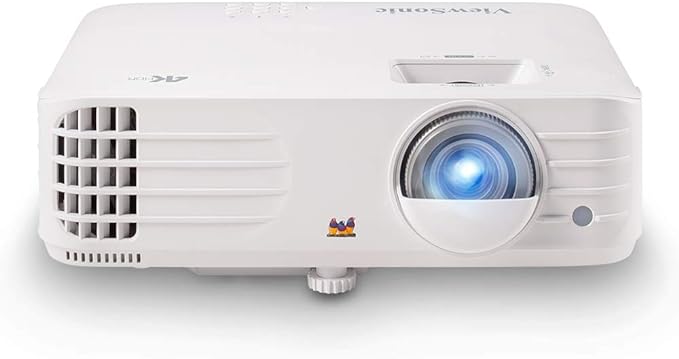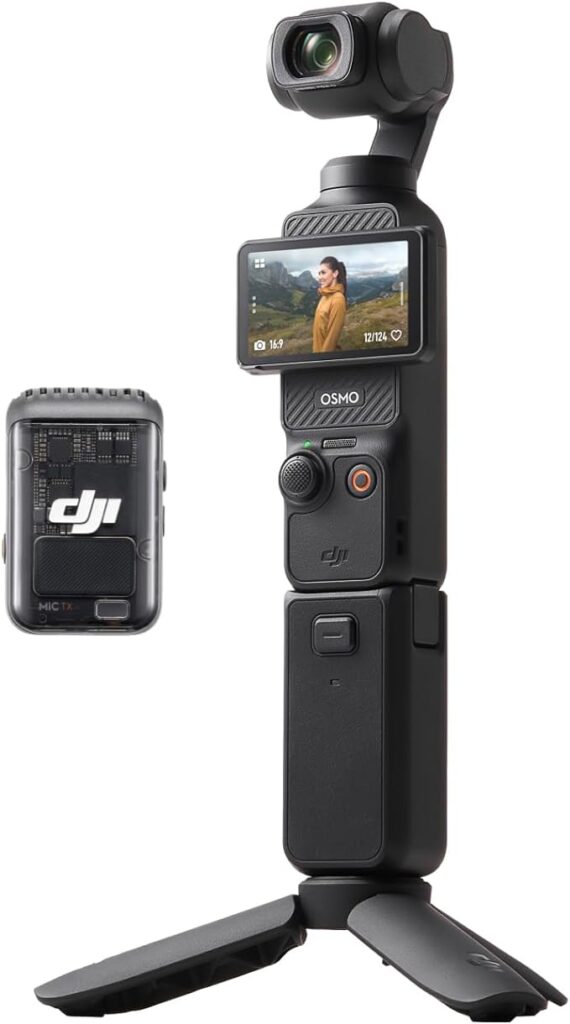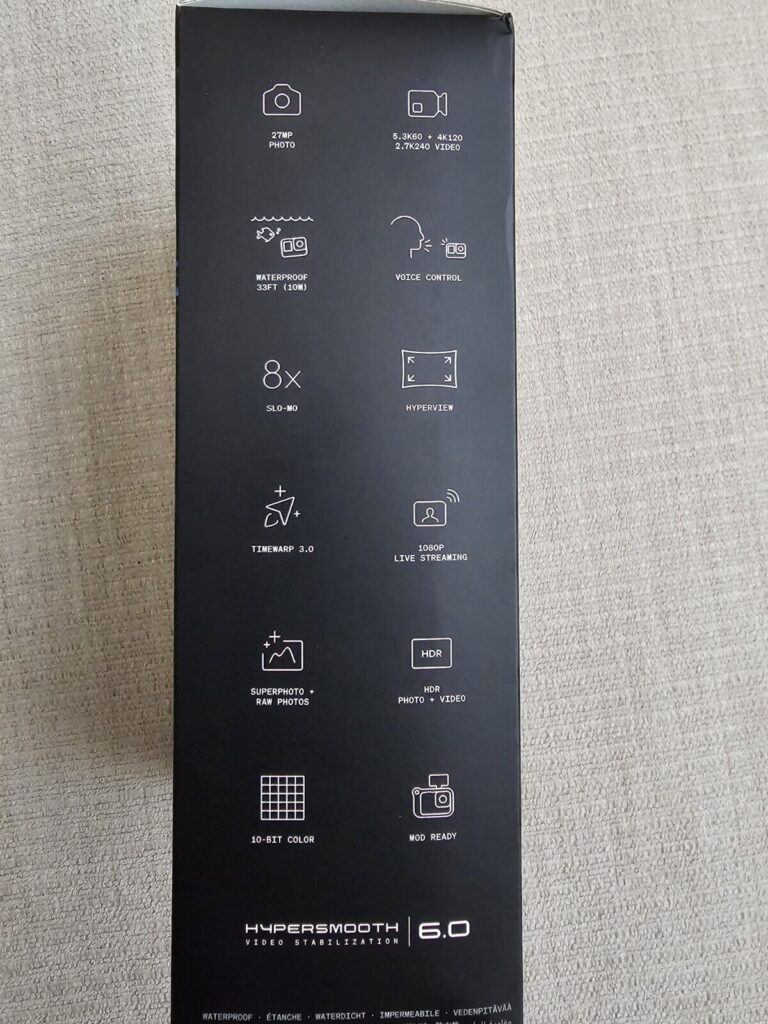Suptig, it may be a name that you’re familiar with. The company makes a lot of 3rd party accessories for the GoPro camera, everything from mounts to dive cases. So I was a little bit interested when I saw that they were offering a “Waterproof” extended battery for use with the GoPro Hero 9, 10, 11 and 12! After all, who doesn’t want longer filming times? Especially if it offers waterproof filming too!
So enter the Suptig Portable Charger and waterproof housing case. A 2 part solution to extending your filming times while remaining completely waterproof. Let’s take a closer look!
First up we have the Suptig Portable Charger. At first glance, it may look like your average run of the mill power supply, but take a closer look at the picture! Not only does the bottom of the power supply have mounting fingers built into it (so it will attach to almost any GoPro mount). The top of the power supply has a GoPro Quik Release system built in. So you can attached your camera (as pictured) to the power supply.
As you may notice, it’s a pretty beefy looking power supply and it has a riveted case surrounding it. This is to ensure that the power supply itself remains waterproof, but the real bonus is in the rear picture.
As you can see, I’ve mounted this on my previously reviewed rare earth magnetic mount for attaching to my car. What you can also see is a 4 LED power status indicator (each light powers on at increments of 25%), a waterproof “on” button (like most power supplies, the unit will power off if no power is being drawn from it) and finally below, a USB-C “in” for charging and a standard USB out for power. However, if you look closely, you’ll see that around the USB power sockets, there is a threaded part on the case. This is so a waterproof USB cable with rubber seal can be threaded in here to provide was proof power out. In fact, the manufacturers claim that this power supply is waterproof down to 98ft! (I so far have only been able to test it in the pouring rain and it worked just fine!).
So now that we know how the power supply works (and remains waterproof), now let’s take a look at the Suptig waterproof case!)
As you can see, the case itself may look almost like a standard GoPro waterproof case, however, it has a corresponding screw in power supply (with rubber gasket) on the side of the case. This is so you can plug in the power supply and use this case in extreme wet conditions or underwater!
If you don’t want the power supply plugged in, the case even comes with a waterproof screw in cover to isolate the case from water entry.
So, what is the performance like?
Well as of right now, I’m currently running a test of the camera in 4K 30FPS to see how long it lasts (and I left hypersmooth on needlessly just to get a “real world” idea). However, my initial test was a 1hr 5min drive to Skamania Lodge and back in some pretty wet conditions. Here’s the configuration that I used.
Now although I’ve pictured them side by side, I actually had the power supply behind the waterproof case. This was just a case of aerodynamics and not wanting the camera to tip back due to wind resistance (the drive had 50mph gusts). The camera (The GoPro Hero 11) had the inner battery removed (as it was not needed, I was powering the camera externally) and was set to 4K 30FPS. The first drive lasted just over an hour as did the return drive. The power supply was not recharged during this time and seemed to indicate that it had 75% of power remaining. Remember, this was what I call “Real world testing”. So, the camera was not configured for longevity, bit rate was high, hypersmooth and GPS were both on. The only real custom configuration I had was the rear screen was set to 10% brightness and to power off after 1 minute (after all, I wasn’t using the screen as I was inside my car!).
So the camera was powered for over two hours this way without any problems at all whatsoever. Now one further thing I’ll mention is that I do use the GoPro Labs firmware on all my camera’s with the USB Power checking bypass enabled. This is because just about all power supplies tend to under-report their power output and if you don’t use the GoPro Labs firmware, your camera might display (not enough power) and shut down. In fact, I’ve seen some clueless people complain about this on the Amazon review page and it’s a pity, as it’s a really simple way to ensure your camera can use many different power supplies.
So all in all, I’m actually pretty impressed with this power supply right off the bat. It feels nice and weighty, it doesn’t seem cheaply made at all and I’m quite impressed with the performance. I’m currently doing a “Real world” longevity test, so I’ll post the results of that in a follow up.
In the meantime, if you’re looking for a well-made, waterproof power supply for your GoPro filming needs. I strongly recommend this as a purchase.
Please note that the article above contains links to Amazon. I get a small payment for any purchase made through these links and it’s a great way for you to support DemonView.com website and YouTube channels.

